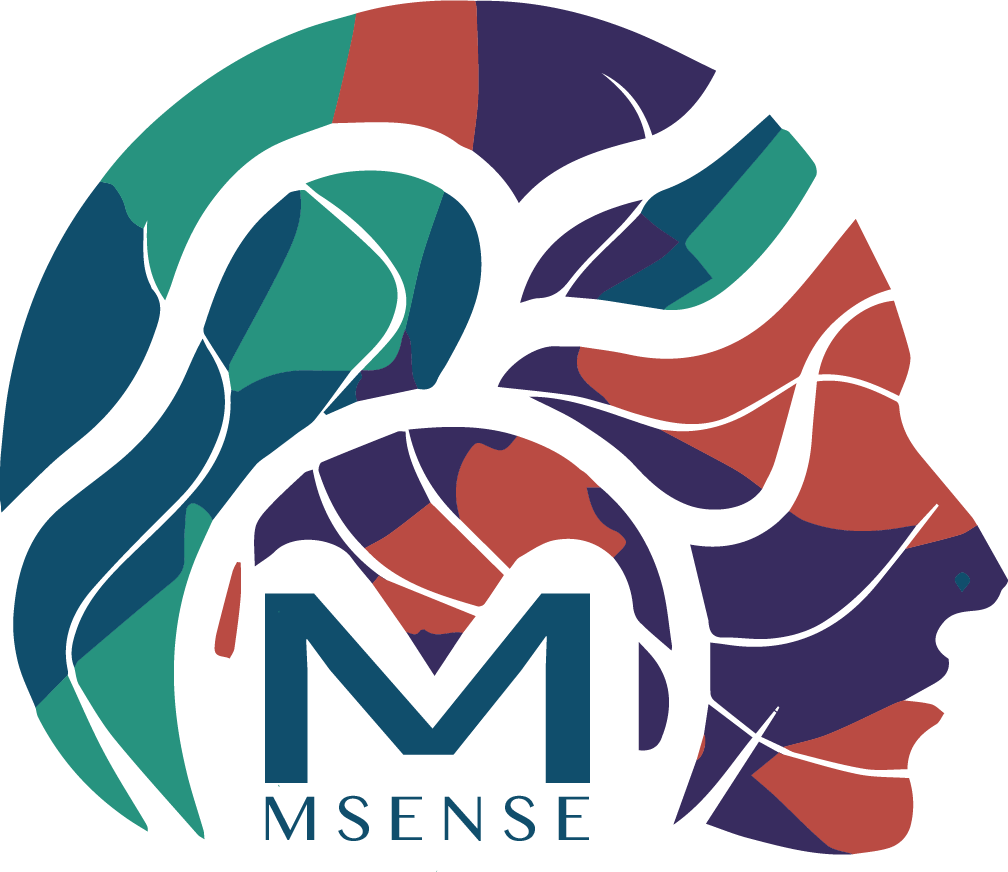
The sense of time, unlike other senses, is not produced by a specific sensory organ. Rather, all events that stimulate the brain, regardless of sensory modality, convey temporal cues. Due to heterogeneous processing of sensory events, subjective time may differ signficantly for a given duration across modality. For example, an auditory event is often perceived longer than a visual event of the same phyiscal inerval. Subjective time is also susceptible to temporal context, voluntary actions, attention, arousal and emotional states. In this research topic, we focus on mechanisms underlying temporal process and multisensory integration in time perception using behavioral investigation and Bayesian modeling.
Related Research projects
Dynamic priors and contextual calibration (DFG 166/3-1, 3-2)
The projects aim to uncover the mechanism underlying dynamic contextual calibration in multimodal environments, and to develop a general Bayesian framework describing the prior updating mechanisms in contextual calibration. In particular, we plan to focus on central tendency effects in magnitude estimation. The central tendency effect (also known as the range or regression effect), which has been well documented in the literature (e.g., Helson, 1963; for a review, see Shi, Church, & Meck, 2013), refers to a bias engendered by prior knowledge of the sampled distribution of stimuli presented. Although central tendency effects have been found in various types of sensory estimation, there is at present no consensus on what ranges of statistical information are actually involved in contextual calibration. This issue becomes particularly prominent for multisensory stimuli, given that multiple statistics (priors) are available which are not always consistent with each other. Here, we plan to establish a general computational framework to examine whether the brain uses multiple modality-specific priors or an amodal prior in contextual calibration, and how the brain resolves inconsistencies among priors, as well as how action priors are taken into consideration in magnitude estimation. In addition, we will further develop trial-wise computational Bayesian models (e.g., Kalman filter, particle filters, hierarchical models) to achieve a better prediction of dynamic prior updating and contextual calibration.
Selected publications:
- Ren, Y., Allenmark, F., Müller, H. J., & Shi, Z. (2021). Variation in the “coefficient of variation”: Rethinking the violation of the scalar property in time-duration judgments. Acta Psychologica, 214, 103263. https://doi.org/10.1016/j.actpsy.2021.103263
- Ren, Y., Allenmark, F., Müller, H. J., & Shi, Z. (2020). Logarithmic encoding of ensemble time intervals. Scientific Reports, 10(1), 18174. https://doi.org/10.1038/s41598-020-75191-6
- Zhu, X., Baykan, C., Müller, H. J., & Shi, Z. (2020). Temporal bisection is influenced by ensemble statistics of the stimulus set. Attention, Perception & Psychophysics. https://doi.org/10.3758/s13414-020-02202-z
- Chen, L., Zhou, X., Müller, H. J., & Shi, Z. (2018). What you see depends on what you hear: Temporal averaging and crossmodal integration. Journal of Experimental Psychology. General, 147(12), 1851–1864. https://doi.org/10.1037/xge0000487
- Jia, L., & Shi, Z.* (2017). Duration compression induced by visual and phonological repetition of Chinese characters. Attention, Perception, & Psychophysics, 79(7), p. 2224-2232. http://doi.org/10.3758/s13414-017-1360-3
- Gu, B., Jurkowski A.J., Shi,Z., Meck W.H. (2016) Bayesian optimization of interval timing and biases in temporal memory as a function of temporal context, feedback, and dopamine levels in young, aged and Parkinson’s Disease patients, Timeing & Timing Perception, p. 1-27, doi:10.1163/22134468-00002072
- Shi, Z., & Burr, D. (2016). Predictive coding of multisensory timing, Current Opinion in Behavioral Sciences, http://dx.doi.org/10.1016/j.cobeha.2016.02.014
- Shi, Z., Church, R. M., Meck, W. H. (2013), Bayesian optimization of time perception, Trends in Cognitive Sciences, 17(11), 556-564. DOI:10.1016/j.tics.2013.09.009
- Shi, Z., Ganzenmüller, S., & Müller, H. J. (2013). Reducing Bias in Auditory Duration Reproduction by Integrating the Reproduced Signal. (W. H. Meck, Ed.)PLoS ONE, 8(4), e62065. doi:10.1371/journal.pone.0062065
- Shi, Z., Jia, L., Müller, H. J. (2012), Modulation of tactile duration judgments by emotional pictures, Front. Integr. Neurosci. 6:24. doi: 10.3389/fnint.2012.00024
- Ganzenmüller, S., Shi, Z., & Müller, H. J. (2012). Duration reproduction with sensory feedback delay: differential involvement of perception and action time. Frontiers in Integrative Neuroscience, 6(October), 1–11. doi:10.3389/fnint.2012.00095
